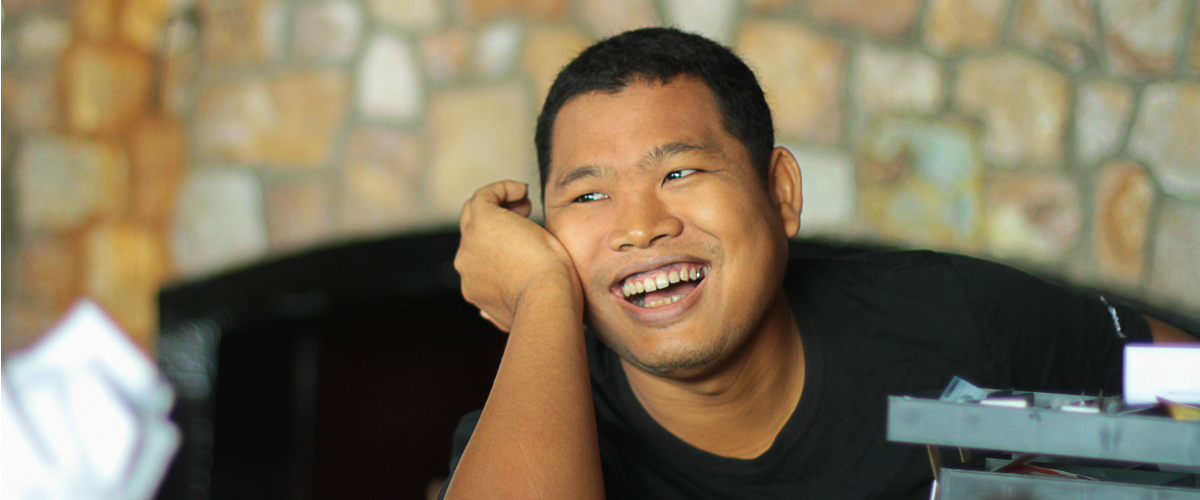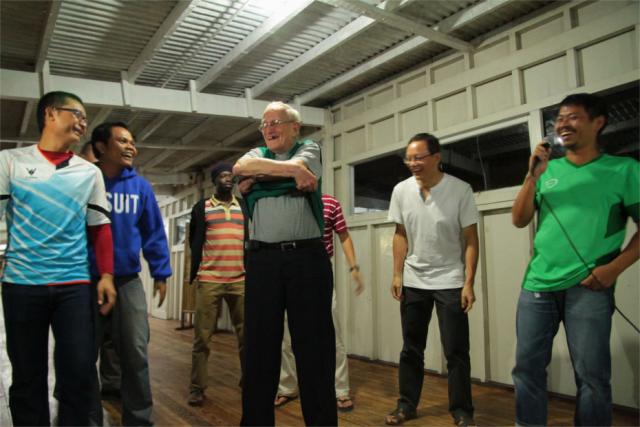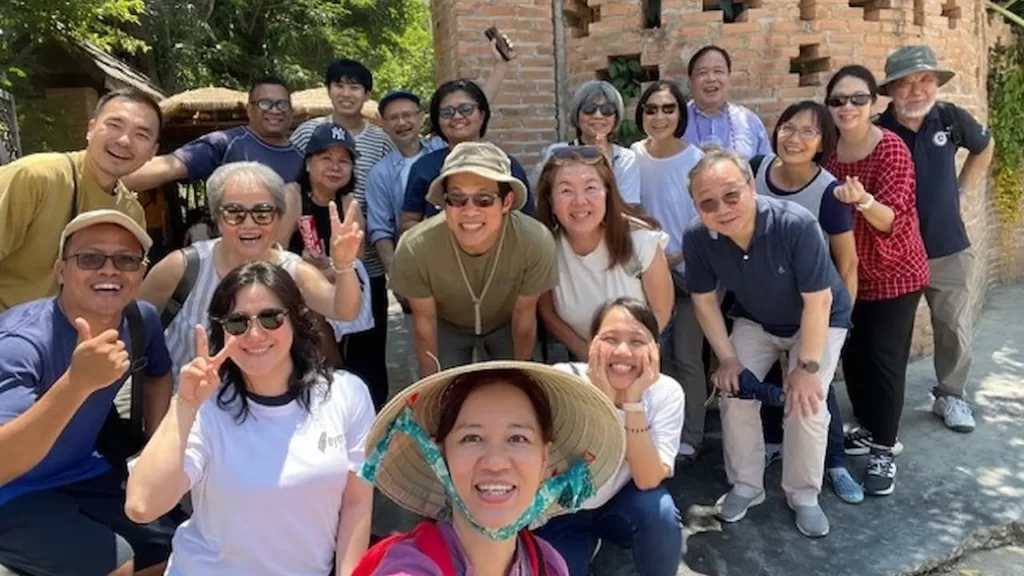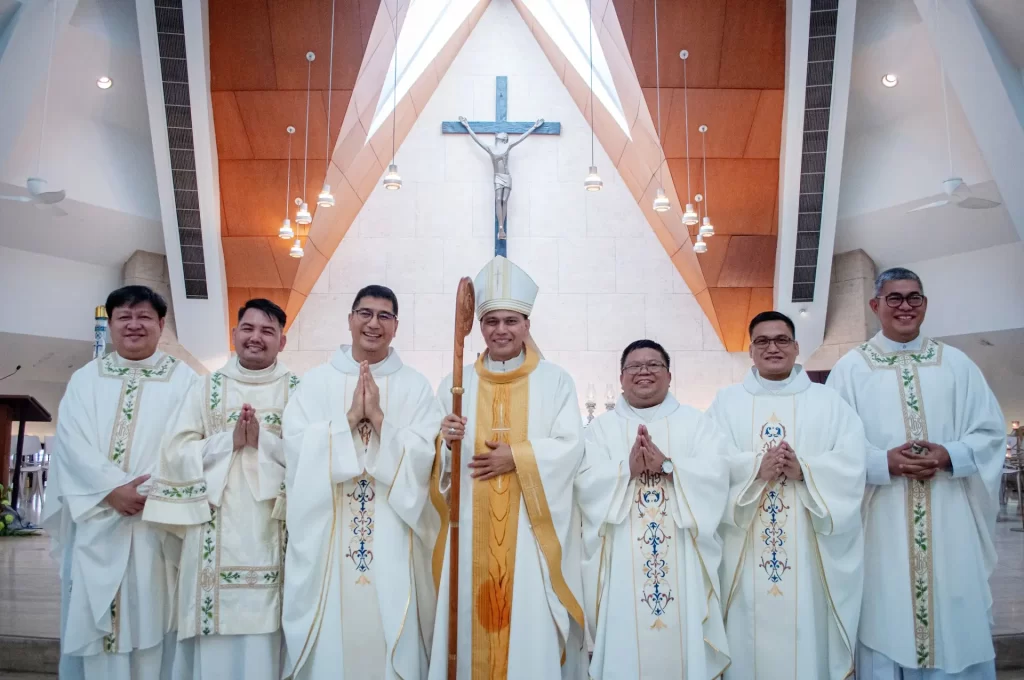Myanmar Scholastic Pius Than Naing Lin SJ is one of the newest members of the Arrupe International Residence (AIR) in the Philippines. As the international house of formation celebrates its 25th year, he shares how life in AIR is broadening his perspective.
“Why have you been sent here to Arrupe?” It was a question from a senior Jesuit at a dining table. Before I could answer he said that usually Jesuits selected to be sent to Arrupe for their studies become formators and superiors in their respective places. I was surprised by that conversation. Though I knew it was humorous talk, I realized there is some bit of truth in it. This was my first impression of life at Arrupe International Residence.
AIR has become a common house of formation not only for the Asia Pacific Jesuits but also for Jesuits from other parts of the world. One can feel and experience a sense of the universality of the Society of Jesus at Arrupe. At present, we are men composed of 20 nationalities from the continents of Asia, Africa, and Europe. After being here for more than two months, I think I have adapted well to this environment. But I feel that I still need to put more effort toward building a better sense of companionship and friendship in the Lord.

The formators show a sense of brotherhood and companionship in the Lord even in mundane activities. I hope this kind of attitude will help us to grow under the guidance of their edifying example. Whereas the rest of the day is spent in classes and occupied by our personal schedules, the dining room is where Arrupeans take time to mingle and converse, covering a wide range of topics from jokes to theological ideas. For me, the dining room turns into an open classroom where I receive so much information, in particular, about Jesuits and the countries of my fellow scholastics. To be frank, I find that my knowledge of geography is much improved.
As we are celebrating the silver jubilee of Arrupe International Residence this year, we often hear about Fr Pedro Arrupe SJ, the inspiration of the Residence. We hope that we can assimilate his values of obedience, simplicity, breadth of vision, and prayerfulness. Practically, I think it is fair to say that Arrupeans are put in a formation wherein their vision and horizon are expanded because we are exposed to different cultures, mind-sets, experiences, and opinions. I am privileged to be in this international Jesuit community and I pray that I continue to grow in the Lord together with my companions.
The Arrupe International Residence celebrates its Silver Jubilee in 2015. Read about AIR’s 25th anniversary celebration here.
Formation and Formators at AIR by Fr Norris Seenivasan SJ
Related story: Warmly welcomed halfway across the world








